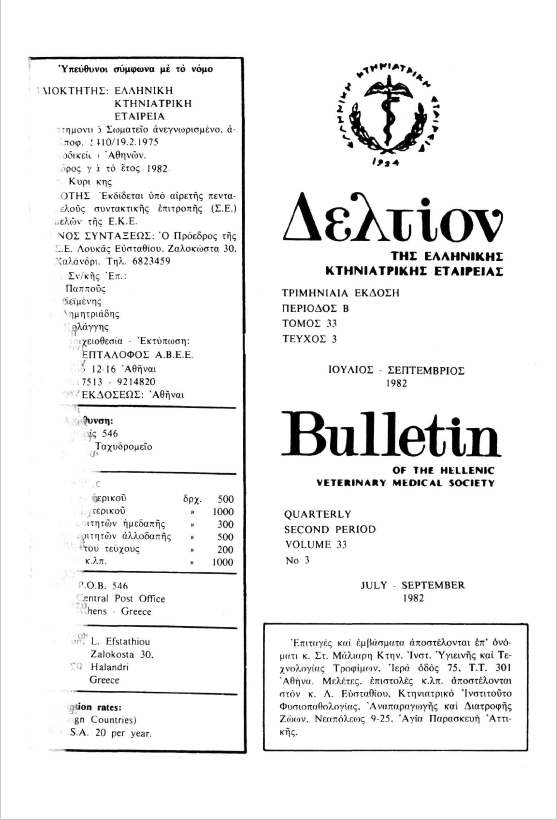Preparation of dry saucages by adding texture soya proteins
Abstract
Textured soya bean as a substitute of a meat part for preparation of dry saucages was studied. For this purpose dry saucages of pork meat 1/3, beef 1/3 and pork fat 1/3 were prepared. In the experimental saucages, beef was replaced by wet soya and proteins of milk. Ripening of these products continued for four weeks. The results of physical, chemical and organoleptic controls during and at the end of saucages ripening showed that addition of soya caused a rapid and strong decrease (0.1 - 0.2 units) of pH, loss of weight, colourlessness, an increase of protein content and a simultaneous decrease of water and fat. The organoleptic control showed that saucages without soya was superior to those with it as regards taste and smell. These differences, due mainly to the strong decrease of the pH of saucages with soya, were unimportant. Additional spices (garlic, nutmeg) improve these products. No strange smell or taste were observed.
Article Details
- How to Cite
-
ΑΜΒΡΟΣΙΑΔΗΣ Ι., & WIRTH, F. (2019). Preparation of dry saucages by adding texture soya proteins. Journal of the Hellenic Veterinary Medical Society, 33(3), 243–254. https://doi.org/10.12681/jhvms.21548
- Issue
- Vol. 33 No. 3 (1982)
- Section
- Articles

This work is licensed under a Creative Commons Attribution-NonCommercial 4.0 International License.
Authors who publish with this journal agree to the following terms:
· Authors retain copyright and grant the journal right of first publication with the work simultaneously licensed under a Creative Commons Attribution Non-Commercial License that allows others to share the work with an acknowledgement of the work's authorship and initial publication in this journal.
· Authors are able to enter into separate, additional contractual arrangements for the non-exclusive distribution of the journal's published version of the work (e.g. post it to an institutional repository or publish it in a book), with an acknowledgement of its initial publication in this journal.
· Authors are permitted and encouraged to post their work online (preferably in institutional repositories or on their website) prior to and during the submission process, as it can lead to productive exchanges, as well as earlier and greater citation of published work.



